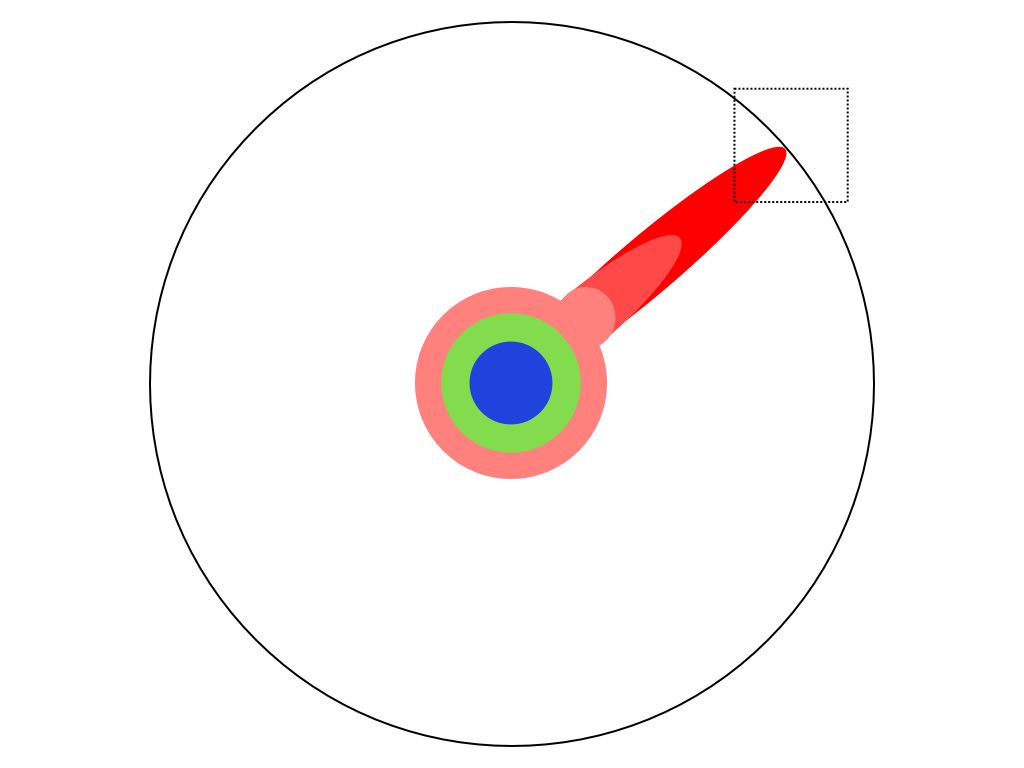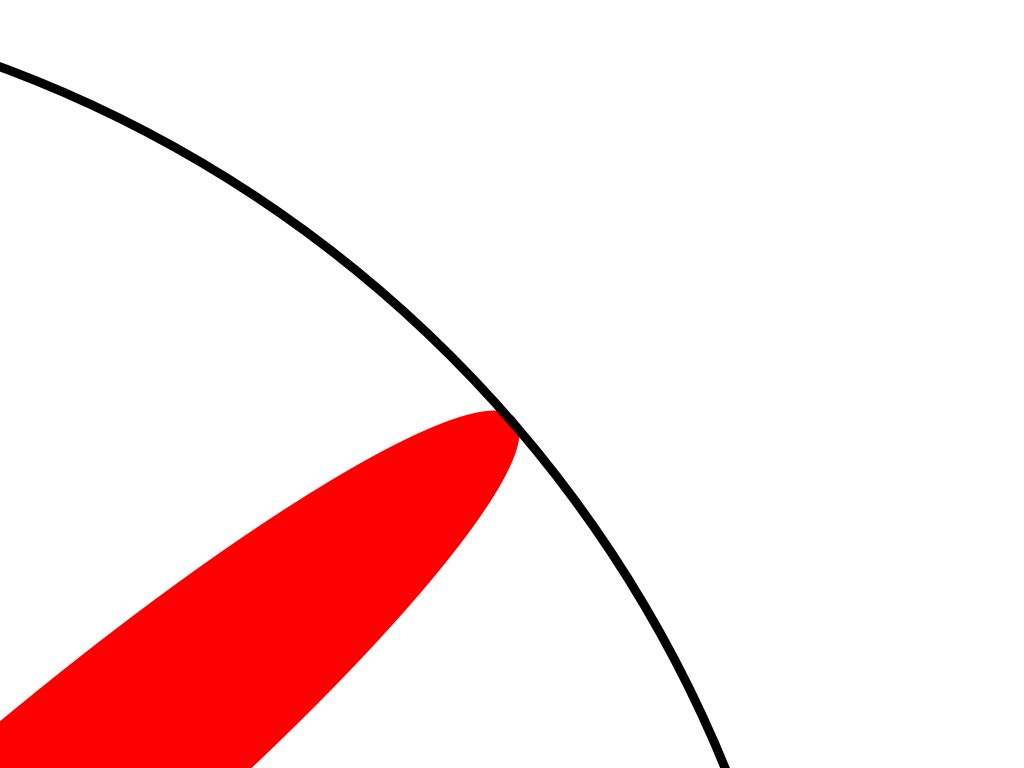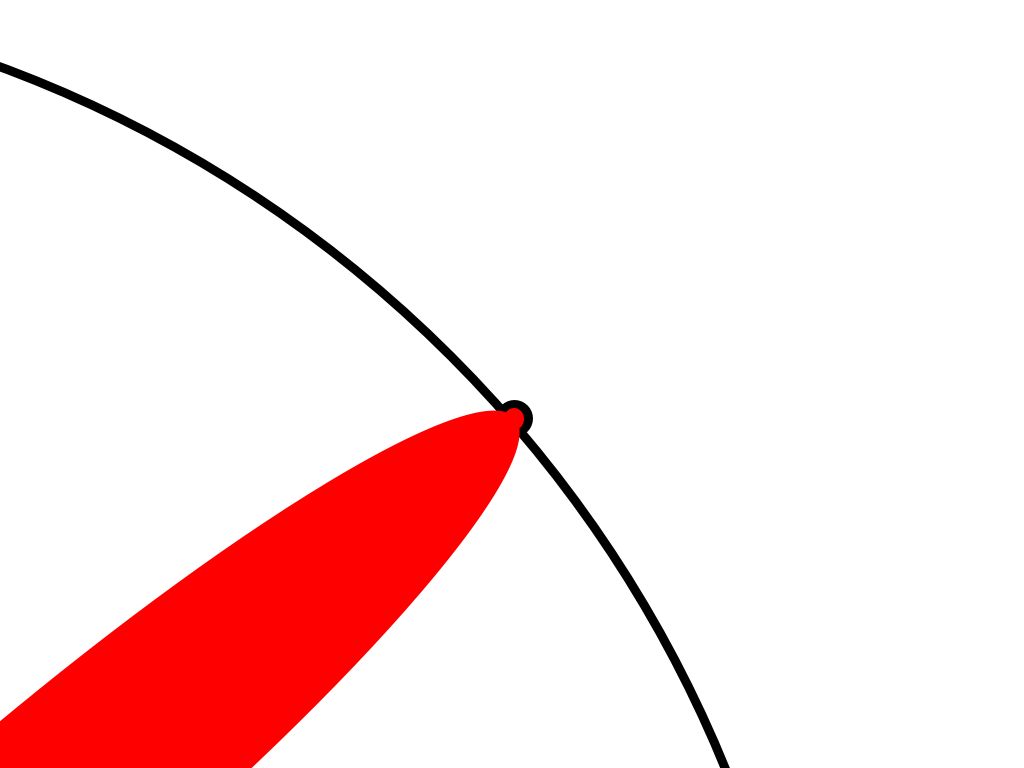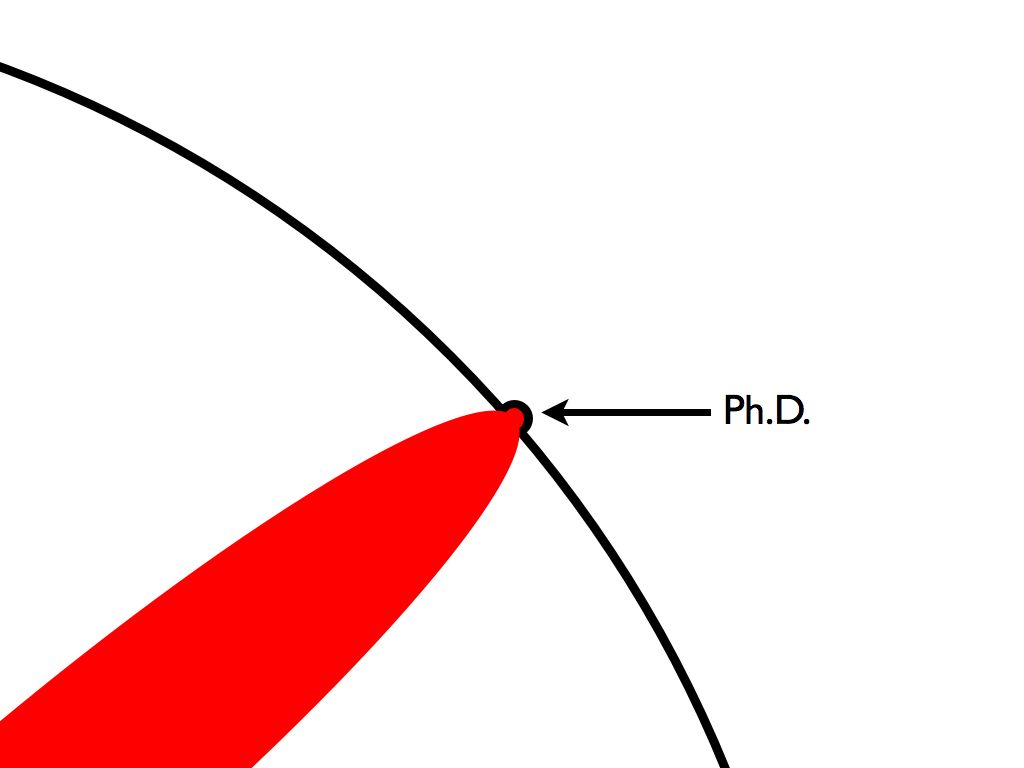Full text of the Lecture (pdf accessible here):
‘Why are three heads better than one? Or: How to prepare for a new Enlightenment’
Let me tell you immediately where I am going. The rampant individualism, which pervades modern western society, associated too often with obscene materialistic greed, has blinded many people to the necessary route towards knowledge, on the one hand, and about the very foundations of civil society itself, on the other. I shall argue that the anchors of society itself are to be found in the conditions for understanding: I hold that the cement of society is conversation and that when we ignore or lose our capacities for conversation we are in peril.
To create a context for such a claim, let me begin by describing some events in France in the late 17th and early 18th century, which were developed, albeit in different ways, in both England, and here in Scotland.
My interest centres on a small group of aristocratic women, who for a period of about 80 years up to the 1770s, ran private discussion groups for the leading thinkers of the day – mainly, but not exclusively in Paris. From the beginning, they explicitly set out to displace an adversarial tradition of discourse inherited from antiquity, and more recently nurtured to great effect by the Jesuits – for whom combat and victory in argument was always the goal. Nevertheless, from the 1750s onwards these ladies and their friends unexpectedly encountered a new phenomenon among the wider public. The problem was this: what seemed to work within small and self-consciously governed groups, failed to make any impact on the very much larger scale of society at large. Why was this? Did commercial competition weaken social bonds?
Membership of these salons was grounded in an implicit notion of friendship – Cicero was their source for many of their ideas – and that notion tied together a group of moral values that needed to be explained and defended whenever hostile criticism was launched on political or social grounds: osmosis could not be relied upon to ensure recognition and understanding of values - an insight, incidentally, too often ignored throughout the education profession. The moral values included mutual respect, trust, and toleration towards others, together with moderation and decorum in one’s own behaviour. But none of this was familiar to the impoverished, inflamed and unrepresented crowds that increasingly thronged to urban centres. And that is not surprising, since Cicero and his later admirers such as Hume had clearly shown how carefully the appropriate understandings had to be inculcated, learned, practised and nurtured: thought and speech are the bonds between people, and only by those means can society be understood and defended.
Because of their aristocratic position, the salonnières were relatively safe from censorship or control by those in power: but neither they, nor those holding power did anything to introduce a wider public to the requirements of the emerging civil society. Only by the 1750s were some leading French intellectuals beginning to do this, following British writers such as Locke, Addison and Hume. And like Adam Smith at the same date, they argued that the traditions of combat must no longer define the practices of thought or society itself: the mathematical obsession with the binary system of either-true-or-false may be defensible for abstract ideas and immaterial matter, but for living things and any contexts where dynamic change and multi-caused variations occurred, it was wholly inadequate.
I should emphasise that the conversations in Paris, like those in contemporary English and Scottish Clubs, addressed urgent practical issues at least as often as purely speculative problems. The French also adopted the British view – most clearly set out by Hume – that knowledge is a social phenomenon, and, most significantly, cannot be acquired alone. All our claims to factual knowledge must first be publicly expressed and understood, and then confirmed or rejected by others. Such claims have two further features. They are only ever provisional, having none of the certainty of mathematics: secondly, they are embedded into what is already accepted, however untenable that may later be judged to be. Such was the context in which a new generation of non-theological encyclopaedias appeared from 1700 onwards. These were soon expanded into multi-authored teamefforts, devised to communicate the latest understanding of practical matters, alongside elucidation
of current theological, scientific and economic ideas. The greatest of them all, the great French Encyclopédie began to appear in 1751, but provoked frequent censorship, and the final volumes of text and illustrations took another 30 years. The availability in print of such a vast range of information and viewpoints inevitably provided opportunities for new approaches in established disciplines and professions.
But that is not what happened.
The main reasons were that the existing professions were firmly anchored in their traditions of thought and practice. Lawyers were fiercely resistant to insights from the social, political or philosophical realm; theologians obsessed with defending traditions and their power bases. The emerging profession of architecture, separating itself from its ancient integration with engineering and building practices, and wallowing in the new commercial opportunities of the 18th century, soon lost touch with reality: Robert Adam not only bankrupted his family firm but two thirds of his clients. Only medicine and engineering, to a significant degree, seemed alert to the technological and social changes in society. Engineering had long been in receipt of Royal or Government patronage because it was central to all defence budgets. Medicine, too, aided by rapidly developing technologies and the replacement of theoretical dogma by experiment, broadened its acknowledgment that multiple-causation might be at work, and that diverse approaches might yield fruitful results. John Pringle, who vacated his chair of Philosophy here to return to medicine, was already enquiring about his patients’ life-styles, eating, work and sleep habits, family history, housing by the late 1740s. He was one of Hume’s doctors.
Nevertheless, the twin influence of ever more advanced mathematics, on the one hand, and the inherited Aristotelian and Boylean model of atomic analysis on the other – that is, the reduction of the target problem into its supposed atomic and further unanalysable constituents – such influences effectively erected barriers around each discipline, which then became both more specialised, and less open to contact with, or influence by, researchers in even neighbouring fields. Professions increasingly sought status and influence, and jealously guarded their domains. What most professions overlooked, however, was the other half of Aristotle’s explicit methodology – he was trained as a doctor, let us not forget: the study of a thing’s various relations with other things, and the processes by means of which it inter-acted with them. As I have already said, leading figures in the 18th century prepared the ground for us today precisely by stressing such factors, and thus the occurrence of multiple causation, reciprocal re-action, and constant change – which themselves explained our frequent inability to anticipate consequences. Of course, traditionalists still yearned for a universal viewpoint which transcended all particular viewpoints, but they were generally disregarded, albeit often not in politics which, then as now, was religion by another name.
It is still not fully acknowledged that multi-disciplinary enquiry and co-operation are the only ways to ensure that we adopt multiple viewpoints, examine multiple causes and variables, and overcome obstacles generated by obsolete concepts, assumptions, practices and technologies. And multidisciplinarity needs to be overtly grounded in historical knowledge about the concepts and technologies inherited from the past – scientists in general have been naively dismissive of histories of their disciplines, and have thereby been wilfully blind to opportunities it yields. We must be alert to the histories of our ideas and practices, because modified concepts always retain elements and scars of their abandoned predecessors. Moreover, when we complacently concede that our claims hold only so long as ‘other things remain equal’ we usually forget that we never know all the assumptions and implications of what we have said or done.
Let me give you just one example of a state of affairs which, because the ‘ceteris paribus’ clause was initially forgotten, resisted analysis: land-degradation in arid and semi-arid areas, known as ‘desertification’. No one knows whether, or to what extent, climatic change has increased desertification, whether adverse land use has a feedback effect on local climate, or how global changes are influenced by dryland degradation. The compound set of causes in play probably includes sub-sets of the following factors in differing proportions: global climatic trends, world trade conditions and local government agricultural, technical, marketing, and financial policies; health, population growth and distribution; land shortage and usage; soil and vegetation, appropriate technologies, education and research – the interaction of such factors, and surely many more, affect productivity, erosion and vegetative cover.
Cicero and his followers insisted that to talk of proprieties in any context - that is, to judge what it is proper to do - is to make a value judgment. It is essential to learn how value judgments are made, by whom, when, and why. How a concept is understood and used, and thus what it means to someone, is intimately tied to how, when, where and from whom that individual learned to use the concept. The indefinite variety of contexts in which an individual can become acquainted, familiar and comfortable about using a concept lies behind the range of misunderstandings that occur and the often heated disputes about the authority, consequences and very meaning of a concept. Multidisciplinary enquiries have to address these matters at the outset of their work together.
So where does my emphasis upon conversation come in? Before you withdraw all patience, on the grounds that quite enough conversation already takes place, let me hasten to state my proposed definition:
Conversation is a sacred and improvisatory practice in which the duty to listen
precedes the right to speak.
Conversation is a practice, because it requires a range of learnable skills, which must be used or lost. It is sacred because it embodies and conveys the values of the community in which it operates. The duty to listen underlines the necessity of judging the context before being able to estimate what might be appropriate behaviour; it also emphasizes the central role of manners in conversation, in which courtesy to others takes precedence over assertion of oneself – a point on which Hume prominently insisted. The right to speak is earned, but is also circumscribed by the requirement of appropriateness. Instruction to children to wait their turn, not to interrupt or hog the conversation, just listen to what is being said - all such guidance is directed to that end, and also answers the mistaken objection that if listening precedes speaking everyone must remain silent. That, of course, is absurd. What actually happens, and indeed must happen, is that learning the arts of conversation takes place in contexts of already existing and complex human social practices: conversations typically evolve out of chat. Nevertheless, we have to be sensitive to the knowledge, attention span and interest of the listener – not to become boring, insistent, intrusive, upsetting, offensive: all matters concerning how others see us. Which was Adam Smith’s famous point in 1759 about learning to see ourselves as others see us.
Smith also said this [336:VII.iv.23]: ‘The great pleasure of conversation and society … arises from a correspondence of sentiments and opinions, from a certain harmony of minds, which like so many musical instruments coincide and keep time with one another’. The analogy between the improvisatory character of both conversation and music was commonplace by the early 1700s, because the emphasis was upon close attention and constant adaptation to a changing context – without which there can be no appropriateness. The great musicians of the 18th century were admired for their extraordinary skill at improvisation, - Bach, Handel, Mozart - and even at the popular level, no Scots fiddler at the dance, for example, ever stuck to the minimal scores available. Similarly, properly educated and engaged conversationalists improvised throughout their performance, which would be centrally coloured by their body-language as well as by vocabulary, tone, pitch and so on. All of these ideas were explicitly discussed by our forebears because the primary duty was to perform appropriately in the theatre of social life. Sensitivity to the context was thus a necessary condition. French and Scottish philosophers argued, moreover, that human beings are animated not by reasoning as such, but are motivated by, and respond primarily to, their feelings. This means that judgments of propriety are as much aesthetic judgments as verdicts about thought.
Conversation cannot take place among a large group of people: the family provides the natural scale, and almost all cultures have found that groups over twenty are too large. Renaissance writers thought that nine was the maximum number, and the French, like the Greeks, stuck at about twelve. The central reason for advocating the family scale is that everyone in a conversation is a participant – whether or not they actually speak on a given occasion. Indeed, in a proper conversation, silences are essential and have different characters – a threatening silence is very different from one of awe or suspense. A second reason is that conversations are most often practised when sharing the very essentials of life – food. Children learn and absorb much from family meals – and many cultures over the centuries have judged dining to be essential for social bonding. In the French salons it entailed self-conscious preparation by host and guest, and bequeathed a legacy which has properly enriched western culture ever since: who might appropriately sit with whom, what topics might be appropriate for conversation, with whom and when, why some issues might be best avoided or diverted.
The less formal social gatherings in London coffee shops and taverns from the 1680s, although widely publicised, were never fully replicated elsewhere. Moreover, what happened in Scotland was importantly different, because to the Scots the whole point of knowledge was use and benefit: the explicit goal of their ‘clubs’ and ‘societies’ was knowledge, to which the social side merely a means. The point needs emphasis: conversation is not only a source of the moral values we absorb and understand, it is a crucial vehicle by which we acquire knowledge – since encounter with, and mediation by the claims of others assist in the detection of error and the emendation of earlier opinion. Two heads are never enough because each is focussed on his own or the other’s view, fighting for a conclusion, rarely on transcending both views or ensuring continuous exploration: a third head can more easily release all of them from the combat ring – reminding all of the ‘ceteris paribus’ clause.
To portray conversation as the cement of society allows us build on the metaphor: by examining the cement, we can identify the scale of the structures it bonds and supports – and whether there are some structures it does not well bond or support. For the scale of everything we do affects both their quality, and their inter-connections with everything else. It was asserted for well over a century in France that the proprieties of conversation are the very same as the proprieties of society, and to study one is to study the other.
The notions of scale and propriety which are central to our discussion derive almost as much from the classical world of architecture as from moral philosophy and rhetoric. The learned Renaissance scholar and architect Leon Battista Alberti, emphasized that proportion and appearance could be assessed only by reference to the precise details of each particular case. He advised architects always to invest in the largest possible model of their intended structures, before going further, in order to help both them and their clients to judge what might be appropriate. The reason then, as now, is that what works at one scale will not necessarily work at another: a small work cannot retain all its forms and relations when enlarged – and the other way round, as well. His point is that scale is a condition of intelligibility – to stretch a concept, for example, beyond the expected parameters of use is to diminish the possibility of understanding, and thereby the capacity to act appropriately in the new context.
We too readily forget that our concepts are tools, invented by us, for particular tasks in particular contexts which are conceived in particular ways, and that their history through different contexts records unexpected distortions: they are all, at different rates, becoming outdated, unwieldy or simply obstructive in new contexts. Meanings change with contexts – witness the term ‘democracy’ as a dramatic example or, in our context, the titles of ‘engineer’, architect’ or ‘philosopher’. It follows that all our categories and practices – or tools – are obsolescent in the sense that they are condemned by their very anchorage in time to be increasingly inappropriate in ever changing contexts. Finally, there are evaluative tones colouring many of our concepts, and almost any term can assume significant emotive influence on what happens.
You will now grasp how all this bears on Ove Arup and current aspirations and proposals, although a word about his life and beliefs may also help.
A few weeks after Ove Arup was born in Newcastle, in 1895, his father, the Danish Consular Vet. was posted to Hamburg. Accordingly Ove spent his early years there, acquiring German as his first daily language – although he spoke Danish and Norwegian at home and on family holidays. After boarding at the Danish Eton, he proceeded inexorably to Copenhagen University where he spent 9 years. His first degree was in philosophy, then mathematics, and finally engineering – he was also, I might add, a pianist of almost professional standard. Ove’s interest in philosophy had been excited at school, where he devoured Kierkegaard, of course, but also Charles Darwin. At University, where he unwisely expected to become a lecturer in philosophy, he revelled not in the dominating universalist and abstract dogmas of German philosophy, which he fiercely rejected, but in the pragmatic ideas of British empiricists, beginning with Locke and Hume.
In the Denmark of 1922, the distance between ‘applied philosophy’ and engineering, which was held in the highest social esteem, was not as wide as you might think, and the historicalexplanation is illuminating. At the end of the Napoleonic Wars Denmark had declared national bankruptcy. The King and Council pursued two paths of reconstruction – both derived from Enlightenment thought. In the short-term they promoted new industries that had already proved to be prosperous: more importantly, they invested in long-term scientific education. Over a period of 20 years local mineral resources were mapped and identified [clay and chalk] and by 1850 six factories had been constructed to produce ‘roman cement’ – layman called it concrete. Within a further decade the Technical University had inaugurated both research and courses in structural engineering, in which the use of concrete for marine work was central - groynes, jetties, harbours and coastal protection for a marine nation. Above all, interaction and co-operation were explicitly fostered between civil and private sectors, and all branches of engineering – civil, mechanical, chemical and so on. Whenthe young firm of Christiani & Nielsen established itself in 1904, they specialised in re-inforced concrete design and construction – procedures which were attracting avant-garde architects in France and Germany, as well as America, in addition to everyone involved in marine work.
Following the deep recession after the First World War, politically alert young architects – and that meant liberals or socialists – turned to concrete as a material for addressing housing problems. Reinforced concrete enabled them to invent new systems of columns, walls and slabs to construct low-cost buildings with an unskilled workforce. But such steps raised questions of quality control and, once again, Christiani was ahead of the game, ensuring not only site surveillance, but research into manufacturing processes and chemical reactions.
So, employment by such a firm was an obvious route for someone like Ove to follow. Moreover, two names had already caught his attention – and both men became friends later on. Le Corbusier, whose celebration of concrete in 1922 coincided with Ove’s final graduation; and Walter Gropius, whose Bauhaus ideas about the integrations of craft and artistic skills also echoed Danish hostilities towards any approach which fostered fragmentation and disintegration of ideas.
The ideas which inspired Ove Arup to found his own firm in 1946 lay in the 19th century Danish practices which I have outlined, underpinned by his philosophical studies. These had convinced him from an early age that there were no natural or permanent boundaries between enquiries, disciplines, or professions: all such boundaries are man-made constructions, sometimes arising from convenience, always from the limitations of our knowledge, and often strengthened by prejudice or fear. The divisions we make in our enquiries, like the concepts we use, the methods we adopt, the hypotheses we pursue and the theories we temporarily employ, are merely devices to help us cope - and which in due course become barriers to further progress. Moreover, they can never encompass more than a fraction of what we might want to do and know. Disciplinary boundaries can help us to focus, but never to expand our vision: all claims made within the boundaries are provisional, and all are likely to be displaced in the future – those words are taken almost verbatim from a French writer in 1749 [Buffon].
No doubt you all learned this in the third form, but in the London of 1923 such views were simply unintelligible throughout most of the class-ridden British professions, and by 1946 were generally dismissed as needlessly subversive in a context of urgent social renewal, and severe financial constraints. Britain was the only European nation with no advanced technical polytechnics dedicated to engineering or mining specialities. And the more Ove acknowledged to himself the ignorance and bigotry among architects and engineers alike, the clearer became his goal. From the mid-1950s onwards he criticised architects for their technological ignorance, their narrow notion of design – virtually restricting it to the aesthetics of drawings, thereby substituting conception for execution – and their social irresponsibility towards clients, costs, the environment, and management.
The fundamental education, and the established practices of architects and engineers alike, had to be radically reformed. At the foundation level, engineers had to be taught draughtsmanship, design and aesthetics; architects had to be taught engineering, philosophy and self-critical communication skills. And they both had to learn to work together and with their clients, from the outset of any single commission. Ove deplored obscurantist architectural verbiage, the selfdeceiving arrogance of anyone hiding behind the mask of a romantic artist, as well as the intellectual narrowness, philistine insensitivity and social irresponsibility of engineers. In 1941 he had declared that no architect could ‘possibly, by himself, know all about all the intricacies of modern technical developments which go into a building nowadays’. What was needed was an ‘organisation, “the composite mind” so to speak, which can achieve a well balanced synthesis from the wealth of material available’. By 1970 this had become:
“The Terms Architect, Engineer and Builder are beset with associations, from a bygone
age…and they are inadequate to describe or discuss the contemporary scene.”
It is not surprising that in anti-intellectual Britain, his listeners felt distinctly uncomfortable.
Narcissistic institutions typically spend more effort on defending their structures, than pursuing their goals, and many of Ove’s challenges were social, requiring recognition of power bases and egos, political and professional agendas, personal ambitions, and confrontation with deeply embedded protestant individualism: but they were equally intellectual and psychological, requiring admission that ideas cannot be owned, and that helpful analogies can be derived from, and should be sought in unlikely places.
Ove himself deplored theories and ideologies of any kind – political, religious, artistic or scientific: they, too, can be only provisional devices, and eventually inhibit critical thinking. As a sceptical, empirical philosopher, he held that we might always be mistaken, and that the only justifiable approach is relentless self-critical enquiry. That is why, in August 1917, he proclaimed that the ultimate immoral act is choosing not to think.
In any small organisation led by a charismatic founder, most colleagues will be at least tolerant of the mind-set I have described: but the larger it gets, and the greater the diversity of its practices, the less likely is it that everyone would fully comprehend such a philosophically grounded posture. Ove worried about this within a year or two of founding the company: by 1948, with less than 10 fulltime colleagues, he declared that ‘it was too big’. This was not the response of a control-freak, keen to influence and participate in every decision. Rather it was awareness that the scale of any concept is central to its intelligibility, and to the success of any activities based on it: evolution of thought and practice is necessary for survival, in every domain, but if team members either disregard or fail to understand the guiding principles, fragmentation of effort ensues, and failure threatens. Moreover, scale defines not only the justification, but also the quality and effectiveness of all human activities.
Ove’s ideas did not evolve as much as they might have done outside Britain: he lacked critical discussion, and drifted into a rhetorical mode followed by so many writers: he simplified his conclusions about the provisional nature of all proposed solutions to the extent that they merely provoked derision from architects, planners, politicians and businessmen.
In both the story I have told, and in the tasks ahead of us CONTEXT is all. Ove’s philosophical training in a Continental tradition; his multi-lingual abilities and broad cultural interests – together with why concrete was specially developed in Denmark; and why the engineering and architectural professions stood in the relation to each other that they did. All these contributed to the outcomes associated with his firm. But CONTEXT is also a central criterion in judging the built environment: structures articulate spaces and places, planes and surfaces – in brief, they affect how we live and think. But although many engineers, architects and planners revel in the magnitude of these burdens, few educate their clients: and the breadth of CONTEXT is ignored.
But, I hear you say: ‘Are you seriously saying that in today’s best universities, among the established professions, indeed, in society at large, conversation, in your idealised definition, does not take place?
And are you really saying that that notion can guide us forward in a radical reform of education, and even reform of society itself? Are you arguing that the ego-trip enjoined by self-expression, self-promotion and self-fulfilment must be curtailed in the face of the fact that knowledge is a social phenomenon and cannot be acquired alone?’ Yes: Ove did: I am.
Where we go from here is up to all of us.
Let us not further deceive ourselves into believing that, over the centuries, Governments or Institutions or Professions have always, or even very often, put into place people and resources to promote relentless, self-critical and exploratory thinking. That is why I endorse Ove Arup’s personal credo:
The ultimate immoral act is choosing not to think.































